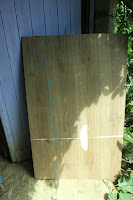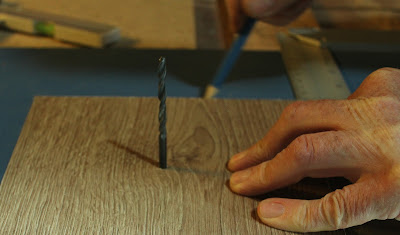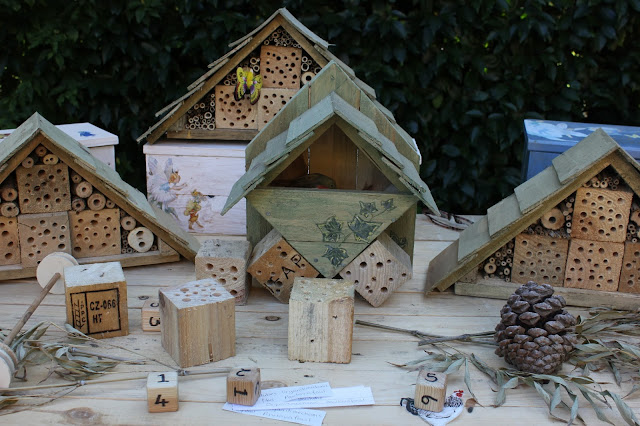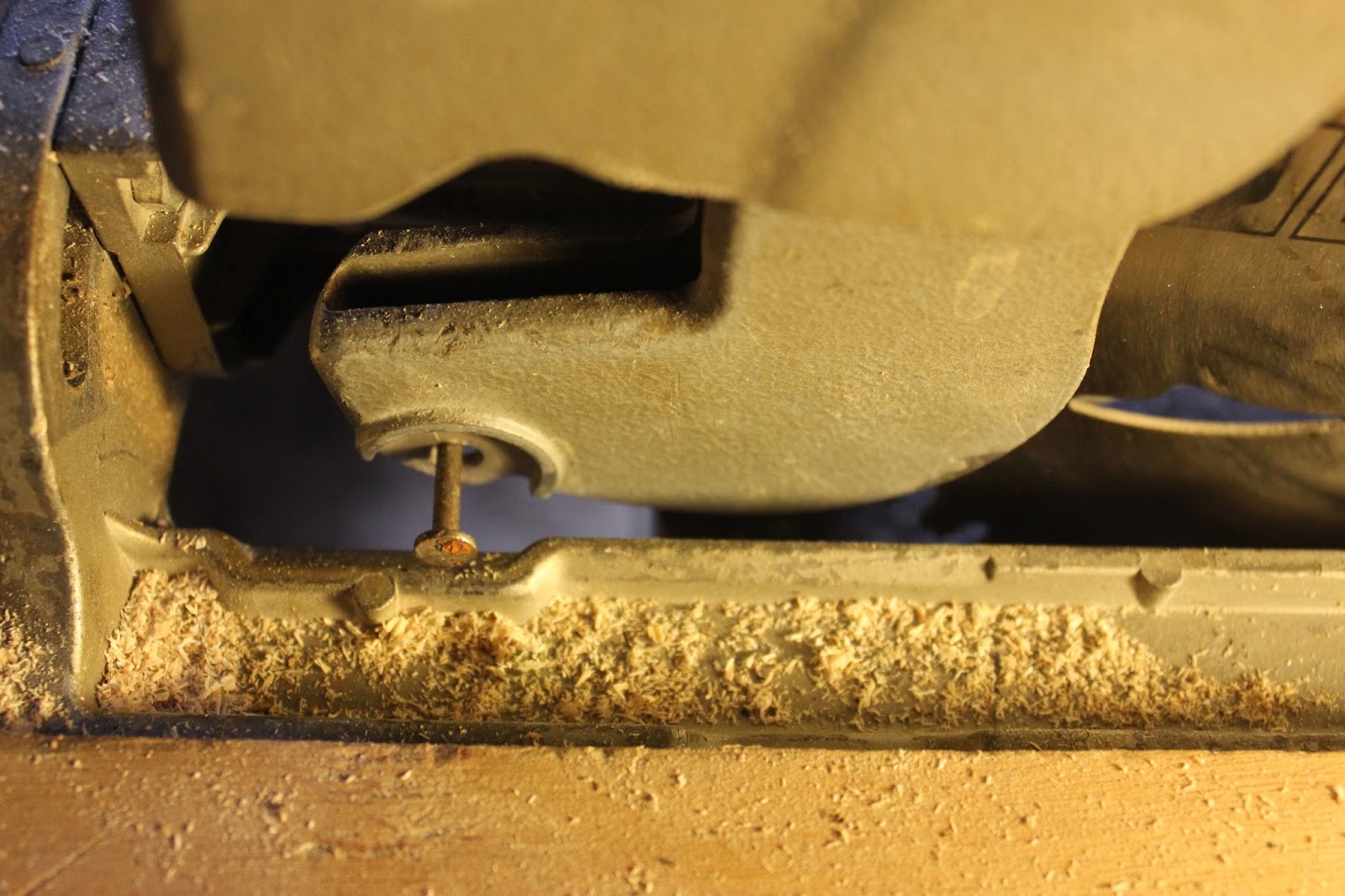Over the next few weeks, I will need to cut some 4" steel pipe to fabricate a J tube rocket stove much like the one I made (here). When making the 'Rooster Rocket' I found it quite difficult to mark and accurately cut this 45° angle resulting in some scrap production and finally having to spend quite some time on grinding away the errors to attain the desired angle. So here's an idea I came up with to make life easier.

I've planned to construct a Rocket Stove Mass Heater for our lounge which will use a 5⅛" diameter steel pipe system. For both stoves I will need to part off the pipe at a 45° angle so as to produce the mitred joints creating a 90° angle when the pipes are joined.
I visited my steel supplier to check the stock of the tube I needed and to enquire about cutting the mitre when the tube was being cut to length. I was disappointed to discover that their cutting grinder was unable to provide the 45° cut on the 5⅛" pipe. Returning home I decided to come up with a method of performing this cut using my hand held angle grinder.
In the past I had made use of a light source to help me with attaining the correct angle when hand-sharpening wood plane blades and chisels (here) and this got me thinking about using some sort of bright light to act as the guide when cutting the pipe.
At the back of my tool cupboard was a spirit level with, on one end, a low-powered laser light capable of producing a point (no longer working) and on the side; a laser and lens that produced a straight line. This bright red line was ideal for producing my grinding guide.
I first constructed from pallet wood (what else?) two vee-block supports capable of holding a tube firmly in place. These supports were placed on a pallet on the floor alongside my workbench. I clamped my spirit level to the workbench so that the side which produced the laser line was facing down onto the pallet.
Turning the laser on, the line was very clear and I could then adjust the position so that it was at 45° along the pallet deck. To determine the correct angle, I merely made sure that the line was the hypotenuse of a square I measured out on the pallet.
The vee-block supports were placed on the pallet such that they were at right angles to the pallet edge and that the laser line was close to the left hand one - this because my stance for cutting with the angle grinder felt more comfortable oriented this way. I laid the pipe onto the vee-blocks with the laser line marking the intended cut line on the left hand end of the pipe.
I could now start cutting with the angle grinder, the cutting disc being positioned so that it entered the pipe at 90° to the pipe surface, The grinder was moved along the pipe following the guide line, always maintaining the disc angle square to the pipe face. It was possible to follow the guide line down each side of the pipe until a cut was made through half of it.
To repeat the cut on the other side of the pipe, I repositioned the spirit level to produce the line at 45° in the opposite direction i.e. the line had been rotated through 90°. The pipe also needed to be rotated to position the underside of it for cutting. Prior to taking the pipe out of the vee-blocks I found it useful to mark with chalk the top and bottom of the pipe so that on rotating, the two marks would be once again vertically opposite each other. The pipe could be slid in the vee-blocks into the laser line such that the line was coincident with the ends of the cut made in the first step.
Once again the grinder disc was held square to the pipe surface during cutting
When the cutting was completed, I exchanged the cutting disc for a grinding disc and de-burred the cut face.
It was quite evident that the mitre cut produced was much more accurate than my previous attempts and required very little dressing with the grinder to produce a satisfactory face to join with the next portion of pipe.
When cutting, the shadow of the grinder did block the laser light, but it was easy to make several light cuts in the pipe and after each cut to check it with the laser line. I did think that perhaps I could have traced a line in chalk following the guide line but I found it quite easy not to deviate too far from the temporarily obscured line.
Here's the film:
If you have enjoyed this article and found it interesting then share it with your friends on social media or suchlike. Please also feel free to ask questions and or make comments and if you found this helpful and would like to support this site you can always
Cheers, Andy































































